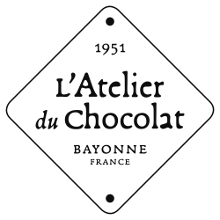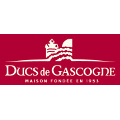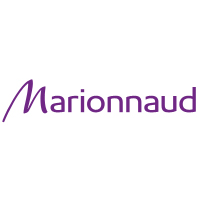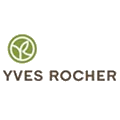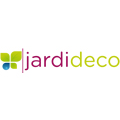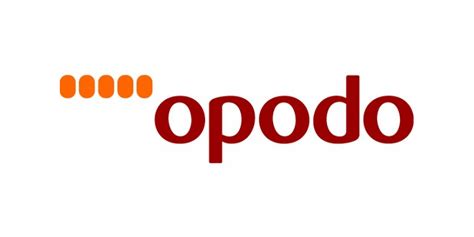Markup vs Margin: Whats the Difference?

Say you own a pizza shop and want to calculate your margin for your large pizzas marked at a sale price of $14.99. If your costs change often then you probably spend a lot of time making price adjustments. Our inventory software can help you change prices—and your markup—with just a few clicks. Manufacturers tend to have much higher marginal costs (researchers have found manufacturers’ marginal costs tend to be about 2/3 of their wholesale price) than retailers. You need to know and understand both metrics and how they relate to each other in order to determine the pricing for your products.
In the simplest of terms, a business’ margin will show the relationship between gross profit and revenue, while the markup will show the relationship between gross profit and cost of goods sold (COGS). To calculate markup, start with your gross profit (Revenue – COGS). Then, find the percentage of the COGS that is gross profit by dividing your gross profit by COGS—not revenue. Margin (or gross profit margin) shows the revenue you make after paying COGS. Basically, your margin is the difference between what you earned and how much you spent to earn it.
How do I calculate markup from margin?
If you want to attain a certain profit margin for your business, then you need to markup product costs by a percentage that is greater than the margin percentage. Unfortunately, many business owners don’t know the difference between these two accounting terms and incorrectly use them interchangeably. Confusing the terms or lacking the knowledge to properly calculate them can result in a price-setting that is too high or too low.
When coming up with your target margin, it is always advisable to include other costs besides what goes directly into the making of the product, such as overhead. Setting the right price for your products is very crucial, and can be the difference between attracting customers by the loads and your business going under. Once again, going with our previous example, we know that a 50% margin will give you a 100% markup. Just like margin, the higher the markup, the greater the portion of revenue the company keeps after making a sale.
How tech-based solutions can help calculate markup and margin
In short, revenue refers to the income earned by a company for selling its goods and services. COGS refers to the expenses incurred by manufacturing or providing goods and services. Finally, gross profit refers to any revenue left over after margins vs markup covering the expenses of providing a good or service. For Jo Blood, managing director of Posture People, which sells ergonomic furniture and workstation assessments, understanding margin means sales teams can make informed decisions.
- Maintained markup ensures that your pricing strategy remains effective and aligned with your goals, even as circumstances change.
- It’s a brick and mortar and eCommerce marketing strategy that will give you insight into your business’s financial standing.
- For business owners, or employees working in the finance department, understanding the difference between a margin and a markup is absolutely essential.
- One more “margin” term that retailers may encounter is marginal cost, which refers to the incremental cost of producing one more product.
As a business owner, you might very well know “it takes money to make money.” But how do you make more money while spending less? Expressed in this way, you can see that margin and markup are two different perspectives on the relationship between price and cost. Just like you could say a glass is half full or half empty, the difference is all about perspective. Let’s say the cost for one of Archon Optical’s products, Zealot sunglasses, is $18.









